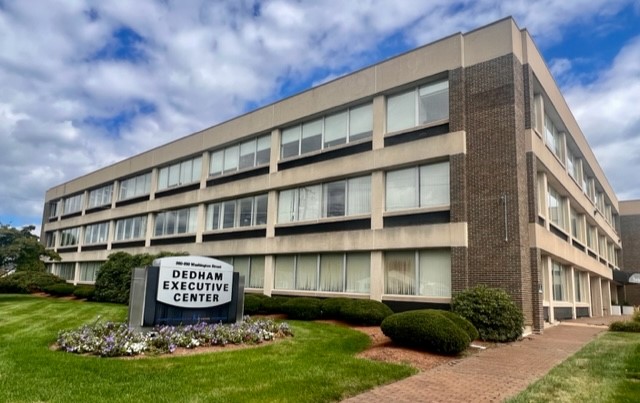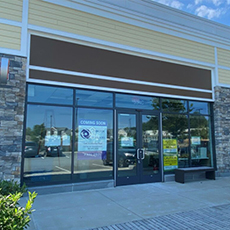Lazy Eye or Amblyopia
What is a lazy eye?
A “lazy eye” is a non-medical term that can have different meanings. The medical profession usually interprets this expression to refer to amblyopia. Many people use the term “lazy eye” to refer to an eye that crosses in, wanders out, or an eyelid that droops, when in fact, a “lazy eye” can appear perfectly normal.
Amblyopia is poor vision in one or both eyes due to the lack of development of the visual centers in the brain during childhood in a structurally normal eye. It is indeed a problem with brain development, not a problem of the eye. Amblyopia is a common condition, affecting approximately two or three out of every 100 people.
What causes amblyopia?
There are three possible causes of amblyopia: misalignment of the eyes, unequally focused or poorly focused eyes, or cloudiness of usually clear eye structures. When the eyes are misaligned (strabismus) the brain “ignores” the image in the eye that is not straight. If one or both eyes are poorly focused, a “blurred” image is sent to the brain from the affected eye, and poor vision results. Similarly, if there is a cloudiness in the eye, a poor image results and the “normal” pathways from the eye to the brain do not develop.
How is amblyopia treated?
The treatment may consist of glasses, patching the “good” eye, or “blurring” the good eye with the use of drops. The type of treatment used depends upon the child’s specific situation, and combinations of these three therapies are often needed. Only the ophthalmologist can decide what treatment is appropriate for the child.
When should amblyopia be treated?
“The sooner, the better.” The first eight to 10 years of life are critical for visual development, and the earlier the treatment is started, the more likely the eye will develop “normal” vision. A recent study from the National Institutes of Health (NIH) confirmed that some improvement in vision could be attained with amblyopia therapy initiated in children up to 14 years old.
Can surgery be done to treat amblyopia?
Surgery will NOT correct poor vision caused by amblyopia. Surgery may be necessary to treat an eye that is misaligned or “cloudy,” but patching and glasses are the mainstays of treatment.
Is treatment of amblyopia always successful?
The success of treatment depends on the severity of the amblyopia and the age of the child when treatment started. Of course, once treatment begins, success is largely dependent on how well the child wears the glasses and/or patch. (See below for additional information on “tips for patching.”) Follow up visits are extremely important as well. H3 Can amblyopia cause permanent visual impairment? Yes. That is why early identification of the problem and adherence to treatment recommendations are so critical in this condition.
Who should be screened for amblyopia?
All children should have vision screening before the age of 5 and preferably at age 3. This can frequently be successfully accomplished at the child’s well visits with their primary care provider. If a potential problem is detected, the child should be referred to an ophthalmologist for further evaluation. Any child with a family history of amblyopia in a parent or sibling should be screened by an ophthalmologist, even as young as 1 year of age.
Meet Our Team
The Lexington Eye Associates team is led by board-certified doctors considered to be leaders in the field of ophthalmology. Get to know us.
If you have questions or would like to book an appointment, please call (781) 876-2020 request your consultation.














